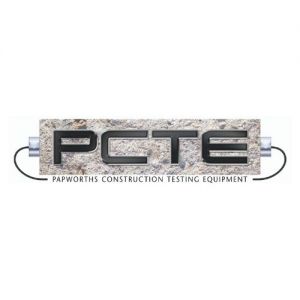Importance of Concrete Testing EquipmentPosted by PCTE on February 3rd, 2016 Concrete is one of the most common building materials, offering extreme durability and strength making it ideal for many types of construction applications. It is made from a mixture of sand, water, gravel, and cement, which forms a very strong and hardy material as it hardens or cures. It is because of this innate strength and resilience that concrete is used in many building and engineering applications, ranging from constructing buildings and roads, to creating a wide range of other structures. When using concrete to build, it is extremely important to test the material and ensure its quality and capability to stand up to the compressive forces the structure will likely be subject to. This is where concrete testing equipment, techniques, and standards come in handy. There are many different types of concrete testing equipment that professionals use in order to determine the suitability of concrete materials for certain applications as well as to ensure that old concrete structures can still hold up to current conditions. Testing equipment is either destructive or non-destructive depending on the type of test being performed. They can also be classified between lab-based equipment and portable testing devices. Concrete testing devices are extremely useful in determining the strength, durability, suitability, and safety of concrete materials for specific building applications. Because concrete contains several different ingredients, it is important to get the exact mix ratio to ensure that the cured material will perform as intended. For instance, too much or too little water in the mixture may cause the cured concrete to show signs of surface damage or ultimately crack. Wrong mix ratio can also lead to devastating structural failures, which may further result in serious issues in the safety of the building or construction. Installers, engineers, as well as independent testing agencies use different testing methods and standards to check the quality and integrity of freshly-poured concrete. A widely used benchmark for concrete strength is the compressive strength test. This particular testing standard measures concrete's ability to withstand compressive forces. Compression testing machines are used to test samples cast at the same time as the new concrete and equipment such as Schmidt hammers can be used to establish a relationship to the onsite strength. Testing the concrete after it is poured and cured helps installers ensure that the floor is strong enough to withstand such forces and in turn, keep occupants and users safe. About the Company: PCTE supplies a range of equipment from around the world to offer you a one stop shop with all of the latest equipment. Concrete Non Destructive Testing (NDT) comprises testing a property of concrete, largely without damaging the concrete to assess some parameter that either directly or indirectly provides a required characteristic of the concrete or its embedment. For more details, you can contact us at the website. Like it? Share it!More by this author |


